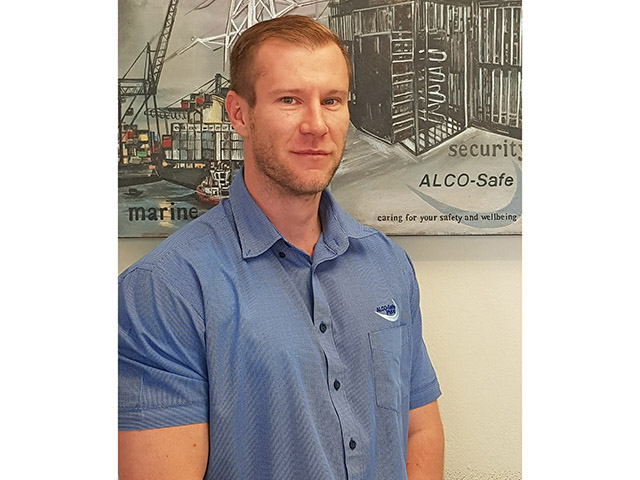Drug testing in the workplace – keep it as consistent as alcohol testing
By Industry Contributor 24 March 2022 | Categories: feature articles
Features sponsored by the Samsung Galaxy S22 series:
By Rhys Evans, Managing Director at ALCO-safe
As much as alcohol testing has become an expected legal requirement for road safety and workplace safety, the impact of drugs is still largely overlooked. It is important to remember that the effect of drugs in the workplace is just as dangerous as alcohol.
The need for workplace drug testing is therefore equally critical as drugs impair an individual’s ability to perform tasks by affecting depth perception and reaction time. This could result in a serious work-related injury (or even death) if the use of drugs goes unnoticed in the workplace. Simply including a random drug testing policy and procedure to ensure health and safety protocols are covered, is not enough. Businesses need to implement drug testing on a consistent and regular basis in order for it to be truly effective, and it should be treated as equally important as an organisation’s alcohol testing schedule.
As the country’s vaccination levels rise and more people return to the workplace, health and safety measures that focus on intoxicating substance use for employees are going to become increasingly important. Drugs are just as intoxicating as alcohol and can have a massive effect on workplace performance, with the biggest noticeable impact being on the individual’s reliability. Absenteeism becomes increasingly common, along with decreased performance and a lack of motivation when the individual does come to work, often due to a hangover or drug come down. In the workplace itself, there is an increased risk of accidents due to impaired concentration. Depending on the drug that person uses, it might make them drowsy, or it might affect their depth perception and decision-making ability.
Keeping substances out of the workplace
Overall, intoxicating substances lead to a decrease in performance which in turn has a negative impact on production, along with an increased risk of accidents. An increase in accidents means more downtime, which again affects productivity and creates a vicious cycle. Failure to notice a culture of substance abuse in the workplace is not a situation for management to apply plausible deniability. If there are people in a workplace using substances, that kind of behaviour has a tendency to spread unchecked. To keep intoxicating substances out of the workplace, it is essential to have a company policy that communicates clearly that there will be zero tolerance to drugs and alcohol, while detailing the procedures and grounds on which employees will be tested for the presence of substances.
Along with this foundational policy that clearly states the consequences of being caught out by means of a breathalyser or saliva test, it is necessary to have mechanisms whereby employees can voluntarily seek assistance, for substance abuse problems without fear of punitive disciplinary measures being taken against them. Even if it’s just providing sick leave and referring the individual to a treatment centre, it’s important that businesses handle such situations carefully and with empathy.
Preventative, not punitive
Breath alcohol testing and saliva testing needs to happen regularly and visibly if it's to have a deterrent effect in the workplace. People are more likely to be deterred from partaking in intoxicating substances if they know there is a strong chance they will get caught out at work. In addition to a clear workplace policy, consistent and visible substance testing procedures and consequences for testing positive, alongside awareness training on the dangers of alcohol and substance abuse, is important. Educating employees on the health and occupational risks associated with alcohol and drugs in the workplace is critical to the effectiveness of any safety policy. It’s essential that people understand that the rules are there to keep everyone safe, they’re not there to catch people out and get them fired.
Most Read Articles

Have Your Say
What new tech or developments are you most anticipating this year?




